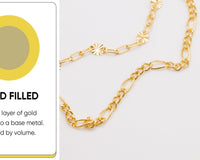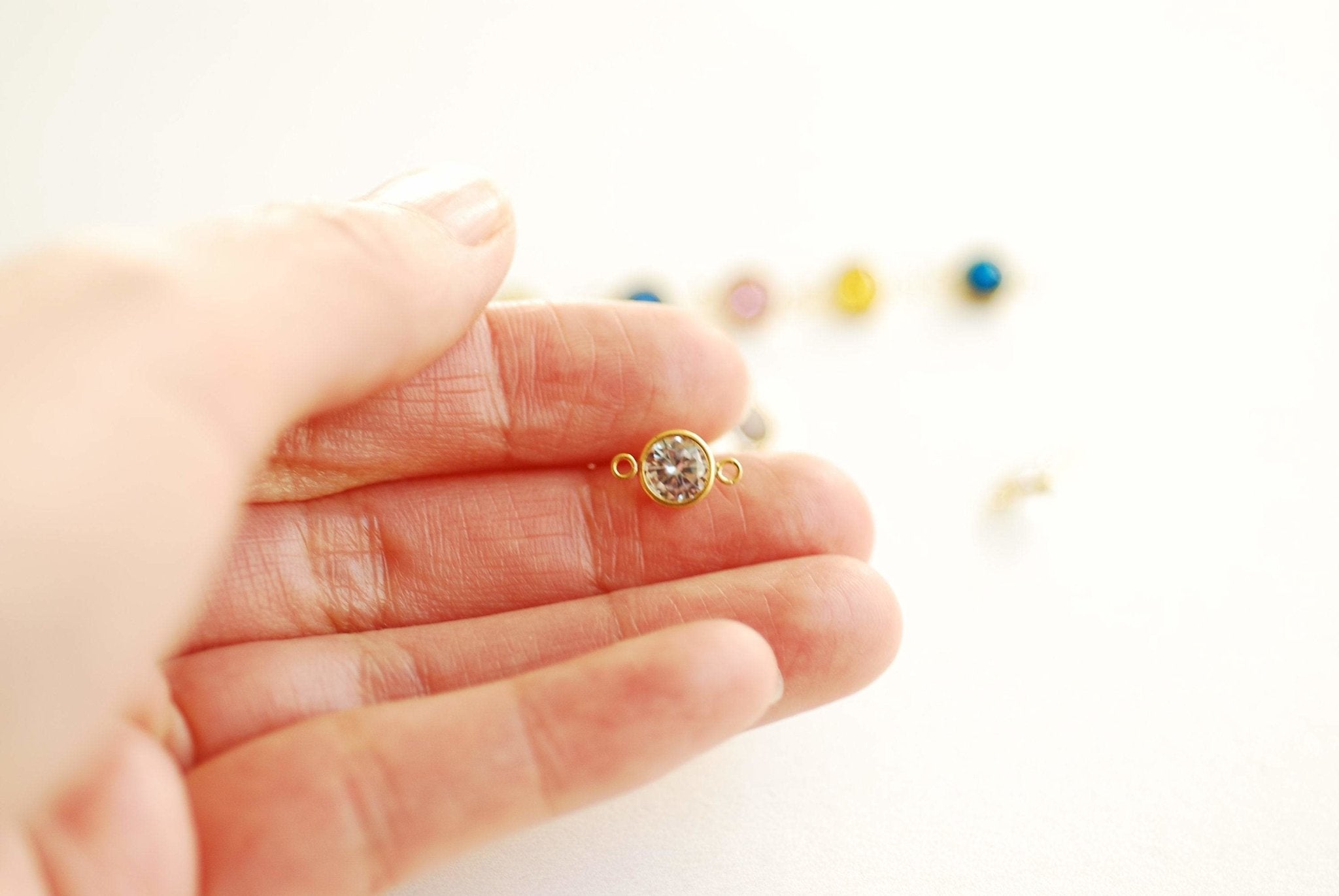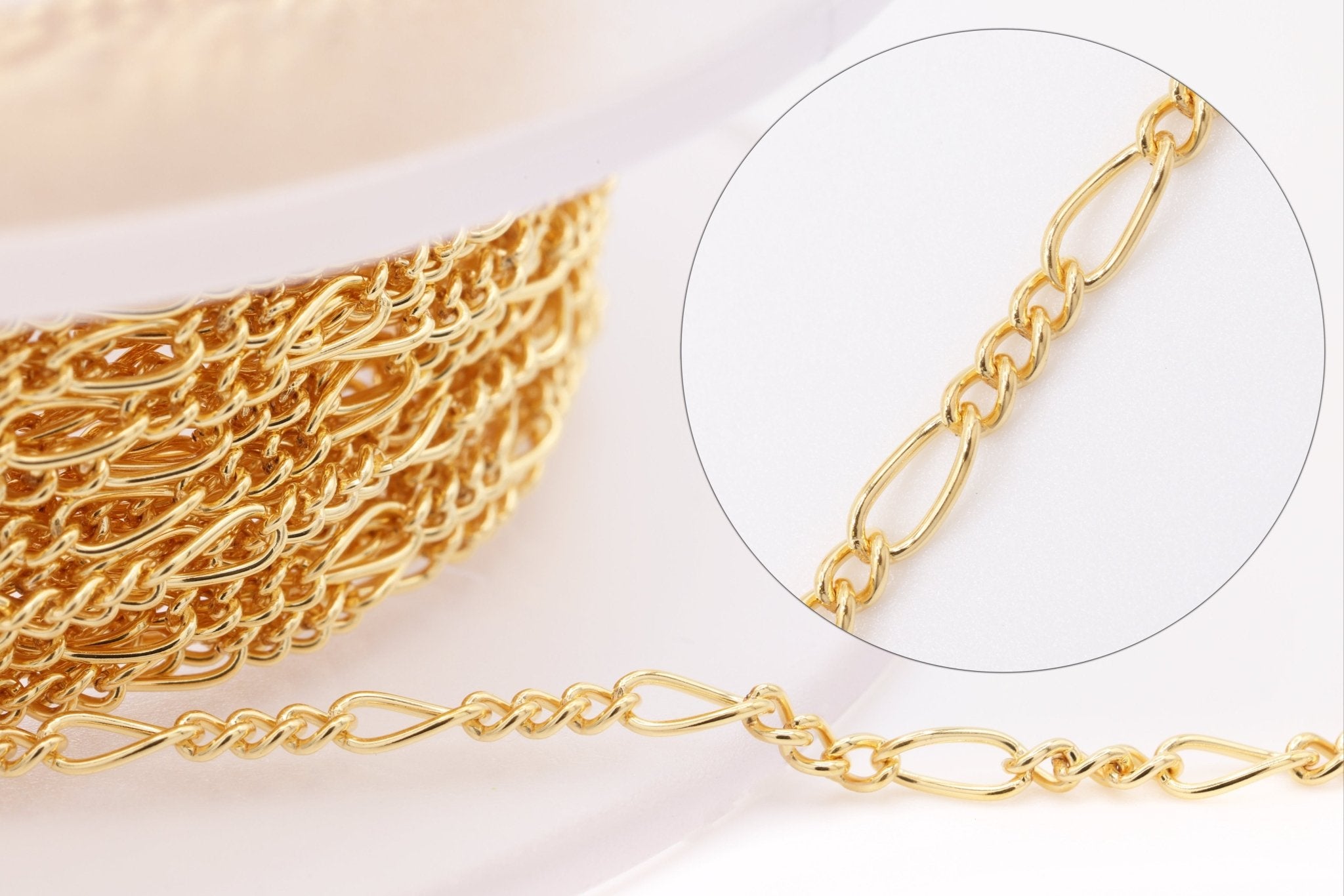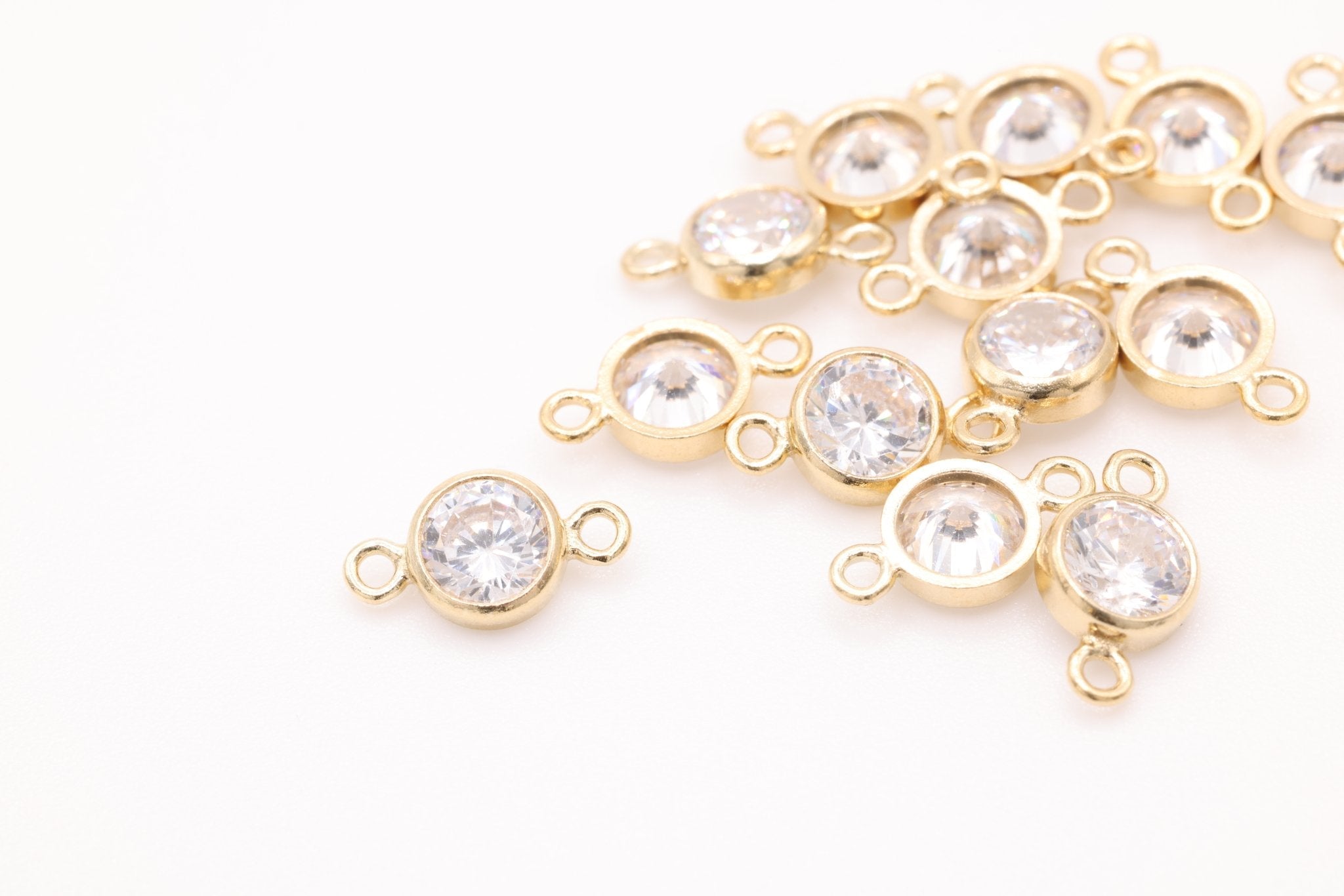By: Leslie H.
Drop shipping is a retail fulfillment method where a store doesn't keep the products it sells in stock. Instead, when a store sells a product using the drop shipping model, it purchases the item from a third party and has it shipped directly to the customer. This means that the seller doesn't handle the product directly. This model reduces the overhead for the retailer and eliminates the need for significant inventory space.
DROP SHIPPING IN THE JEWELRY BUSINESS
The jewelry market, with its vast array of products ranging from high-end precious gems to affordable fashion accessories, is particularly well-suited for drop shipping. Jewelry is typically small, lightweight, and easy to ship, which reduces shipping costs—a significant advantage in drop shipping.
ADVANTAGES
Lower Capital Requirement: Jewelry retailers can launch with minimal upfront investment since they don't need to purchase large quantities of inventory.
Wide Product Selection: Retailers can offer a broader range of jewelry pieces, including necklaces, rings, bracelets, and earrings, without stocking every item.
Scalability: It's easier to scale a jewelry business with drop shipping, as handling an increase in orders doesn’t require more physical space or significant additional investment.
CHALLENGES
Quality Control: Since the retailer doesn’t see the product before it's shipped, ensuring consistent quality can be difficult. You will want to partner with a supplier you can trust.
SHOP Wholesale Jewelry Supplies
Dependency on Suppliers: The success of the drop shipping business heavily relies on the reliability and efficiency of suppliers.
STATISTICS ABOUT JEWELRY DROP SHIPPING
- The global drop shipping market was valued at around $102.2 billion in 2018 and is expected to reach approximately $557.9 billion by 2025, growing at a compound annual growth rate (CAGR) of 28.8% from 2019 to 2025.
- The jewelry segment, particularly costume jewelry, has seen significant growth in e-commerce, with many retailers reporting increased sales through drop shipping models.
BEST PRACTICES FOR DROP SHIPPING JEWELRY
Select Reliable Suppliers: Choosing the right suppliers who provide quality products and reliable shipping is crucial.
Focus on Customer Service: Providing excellent customer service can help mitigate some of the challenges associated with drop shipping, such as delayed shipments or quality issues.
Use High-Quality Images: Because customers don’t see the product in person before purchasing, high-quality images and detailed product descriptions are essential.
Implement Effective Marketing Strategies: Building a strong brand and utilizing effective digital marketing strategies can help differentiate your jewelry products in a crowded market.
Drop shipping in the jewelry business offers several advantages, including lower startup costs and the ability to offer a wide variety of products without large investments in inventory. However, challenges like quality control and low profit margins necessitate careful planning and execution. By following best practices and learning from successful examples, aspiring entrepreneurs can navigate these challenges and potentially build a thriving online jewelry business.
SHOP Wholesale Jewelry Supplies
COMMON QUESTIONS AND ANSWERS ABOUT JEWELRY DROP SHIPPING
What is drop shipping?
Answer: Drop shipping is a retail fulfillment method where a store does not keep the products it sells in stock. Instead, when a store sells a product, it purchases the item from a third party and has it shipped directly to the customer.
How profitable is drop shipping for jewelry?
Answer: Drop shipping can be profitable for jewelry businesses, especially due to the high perceived value and often significant markups on jewelry items. However, the profit margins can vary greatly depending on factors like the type of jewelry, competition, supplier costs, and shipping fees.
Can I start a jewelry drop shipping business with no money?
Answer: Starting a drop shipping business typically requires some initial investment, primarily for setting up your website, marketing your products, and possibly purchasing samples. However, compared to other business models, the upfront costs are relatively low since you don't need to buy inventory.
How do I find suppliers for jewelry drop shipping
Answer: It’s important to research and vet suppliers thoroughly to ensure they offer quality products and reliable shipping.
SHOP Wholesale Jewelry Supplies
What are the biggest challenges in jewelry drop shipping?
Answer: The biggest challenges include managing inventory and stock information from suppliers, ensuring product quality and consistency, dealing with shipping times and logistics, and maintaining competitive pricing in a saturated market.
How do I handle returns and refunds in drop shipping?
Answer: It’s crucial to establish a clear return policy in collaboration with your suppliers. Typically, you would handle customer service, including returns and refunds, while the supplier takes care of receiving the returned item. Be transparent with your customers about the process and time frames.
How can I differentiate my jewelry drop shipping store from competitors?
Answer: Differentiation can be achieved through offering unique products, exceptional customer service, engaging marketing strategies, and by building a strong brand identity. Additionally, offering customizations and personalizations can set your offerings apart.
SHOP Custom Jewelry
What types of jewelry are most successful in drop shipping?
Answer: Trendy and niche items such as personalized jewelry, eco-friendly products, or specific styles like boho or minimalist often do well because they cater to particular customer interests and can be marketed through lifestyle imagery and targeted advertising.
How do I market my jewelry drop shipping business?
Answer: Effective marketing strategies for a jewelry drop shipping business include using social media platforms like Instagram and Pinterest, leveraging influencer marketing, running ads on Facebook and Google, and using email marketing to nurture leads and repeat customers.
























![Gold Filled Beaded Ring, Gold Silver Stacking Ring, Hammered Bead Ring, Gold Dot Ring Midi Ring Gold Filled Flat Beaded Ring Minimalist [30] - HarperCrown](http://www.harpercrown.com/cdn/shop/products/gold-filled-beaded-ring-gold-silver-stacking-ring-hammered-bead-ring-gold-dot-ring-midi-ring-gold-filled-flat-beaded-ring-minimalist-30-568879.jpg?v=1634159908&width=2048)
![Gold Filled Beaded Ring, Gold Silver Stacking Ring, Hammered Bead Ring, Gold Dot Ring Midi Ring Gold Filled Flat Beaded Ring Minimalist [30] - HarperCrown](http://www.harpercrown.com/cdn/shop/products/gold-filled-beaded-ring-gold-silver-stacking-ring-hammered-bead-ring-gold-dot-ring-midi-ring-gold-filled-flat-beaded-ring-minimalist-30-638411.jpg?v=1634159908&width=2048)





